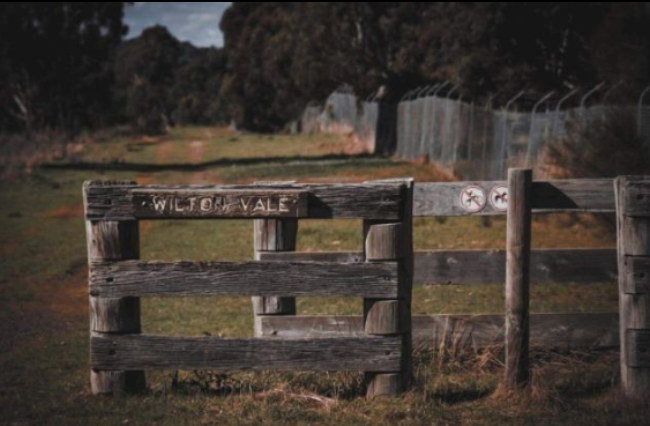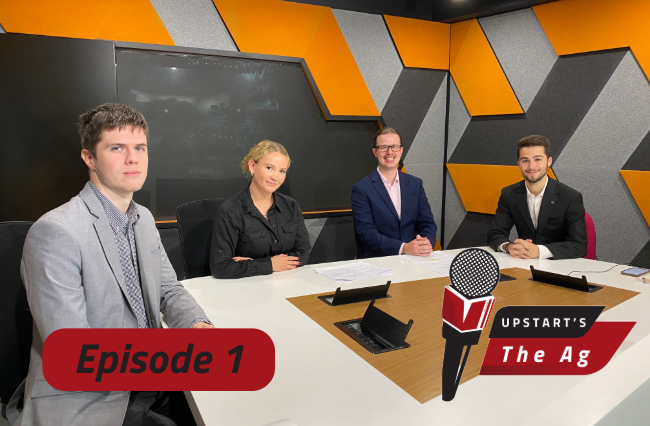My dad is 54 years old. He has four children. One of his children happens to be a 76 year old American. Born in 1934, his Nash hotrod is probably his favourite child too.
The hotrodding culture took off in post-war America during the 1940s when a fascination with modifying functional and cosmetic aspects of cars began. In the early days, racing was a key part of the scene. But soon the term ‘hotrodder’ came to represent more than just custom cars.
Today the hotrod scene in Australia is a combination of traditional car enthusiasts and those devoted to 1950s and 60s American popular culture. People of all ages and backgrounds are brought together by the hotrod shows, car clubs and organised meets held all across the country. My dad loves these days.
The bathroom smells like Brylcreem and I can hear a clicking on the tile floor that tells me Dad has put on his winklepickers. He would never leave the house without rolling his jeans up at the bottom at least three times. And he has a chain from his pants to his wallet that he has never left home without. I know all this without having seen him yet.
It’s barely 10am and the October sun is beating down already. The GPS is barking orders at me. Turn here, go straight there, and soon I find myself careening down 8 Mile Road. This doesn’t look good; it’s dirt. Three kilometres later I’m on another dirt road, then another. After seven kilometres of dust, a mirage appears. Or is it? Thousands of cars have materialised out of the dust. My dad and mum are already among the mounting collection of cars. They have been here, the tiny town of Cora Lynn in Gippsland, host of the ‘Last of the Chrome Bumpers’ car show, since dawn broke.
Cars spill out of the crowded football oval and well into the car park. And that’s just the vehicles on show. The sun hits the perfectly shined rods and reflects off the gleaming paint.
Families, couples, friends and hotrodders meander through the sea of cars, admiring the effort that has gone into creating them.
‘I like that one,’ shouts a four year old girl to her father. She’s pointing to a mint-green 1933 Ford Coupe with a numberplate that says ‘MINT33’.
Hotrodding ‘is a bug,’ says Wayne Howel, who owns the Ford and now has five cars in his collection. ‘I’ve always been into cars, once I did my first one up I needed something else,’ he says.
There is a mix of people at Cora Lynn, of all ages, from children to grandparents and everything in between. Wayne is a kitchen manufacturer. For him, hotrodding is the ultimate hobby.
‘We’re all into hotrods, everyone likes looking at cars,’ says Wayne, who has his wife and 12 year old daughter next to him.
Waynebelieves these shows are vital to the longevity of the hotrod scene. ‘You’ve got to have it,’ he says. ‘Young people can’t afford a hotrod so this introduces young people to it.’
While people bring their cars to the shows, many bring their style too. Heather Slater is making her way through the cars to the rock and roll area to dance to the beat of the ‘Fury Oysters’.
She epitomises American 1950s culture. Her feet are strapped into a pair of red patent leather high heels, she wears a pink and white floral vintage dress with a full skirt down to her knees and a little white cropped cardigan covers her shoulders. In her hand she carries a pink parasol to shade her face and hair that is pinned in curls.
‘I’ve been a hotrodder for 32 years,’ she says. ‘I like the cars, the clothes and I’m a rock and roll dancer.’ Heather finds her dance partner and soon she is being twirled around the dance floor with the other couples.
Heather isn’t the only woman at the show. Julie Cahill sits beside her baby-blue 1928 Ford Pickup. ‘It has got a 351 V8 in it,’ she tells me, proud of the power behind her wheels.
Being a woman with a hotrod makes her ‘special’ she says. She gets looks all the time. ‘People say, “Did your husband let you drive it?” They expect a male to drive it,’ says Julie.
Julie was introduced to the hotrodding culture by her family; her brother sits next to his car only meters away. ‘It’s getting bigger and bigger,’ says Julie. ‘The atmosphere is friendly,’ she says, ‘family friendly.’
This hobby doesn’t come cheap. Vintage cars need to be modified in the same way they were in the early days of ‘rodding’. Engines need to be worked; bodies need painting; tyres need mags; the look and sound of a car is crucial. However, when it comes to cost Julie says it isn’t an issue as ‘it’s your hobby’.
Some cars seem to get more attention than others, Peter Fitzgerald’s, for example. He is the proud owner of a 1968 grey Pontiac Parisienne Hearse. Perhaps it takes a certain type of person to drive this car. Peter used to work as a funeral director, ‘It’s a beautiful old car,’ he says.
He has a coffin in the back, a mannequin dressed as an undertaker stands at the rear and smoke billows out of the car around the casket. ‘People see it for the fun,’ he says.
Peter has had his car for 12 years. ‘I couldn’t afford a decent car when I was younger,’ he says, ‘I’m having my childhood now.’
It’s hot in the sun. My dad’s greased up hair is glistening. ‘Slick’ has been his nickname for 32 years, before that he was ‘Greaser’ and it’s not hard to see why. All day he has sat beside his Nash, just like a proud father.
His car is rare, which adds to its appeal. When visitors come to our homethey must see it. ‘Have you seen what’s in the shed?’ he says. ‘There are only ten in the world,’ he says as he drags the guest into the dark and unveils his baby.
As the day at Cora Lynn draws to a close, Dad starts his hotrod and gives the 351 V8 engine a ferocious rev as he wheels it out the gate.
Hotrods are more than cars; they’re a hobby, a lifestyle. They ensure the American pop culture of a bygone era is not forgotten. Car shows like the one at Cora Lynn allow enthusiasts to show off their pride and joys and gives others a chance to dream and admire. These cars have created communities and a way of life within Australia. For my dad, this is his world; a culture not quite forgotten and one he will never turn his back on.
Tammy Lovett is a final year Bachelor of Journalism student at La Trobe University.






